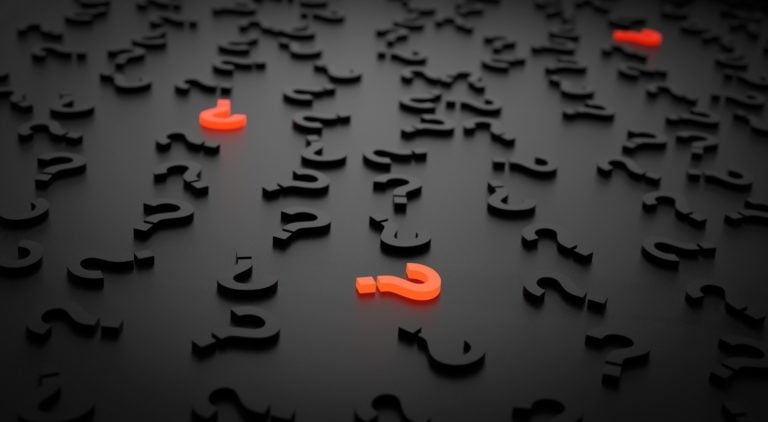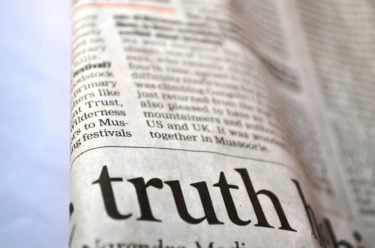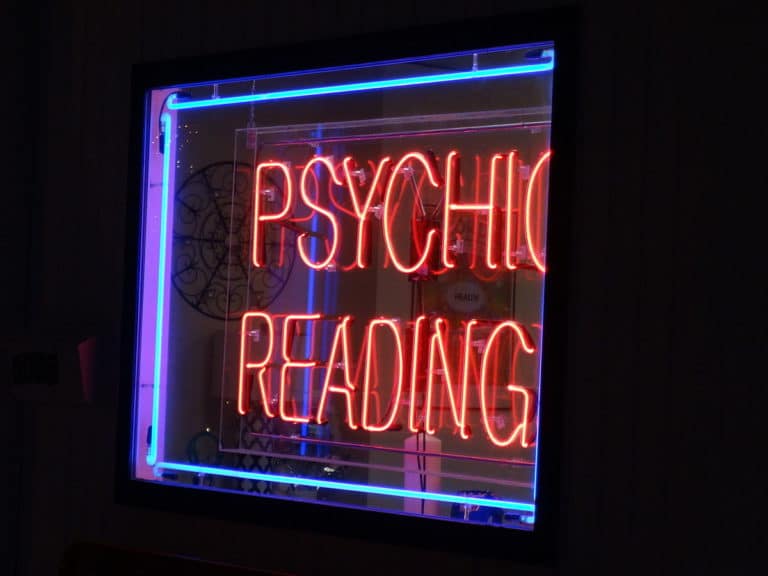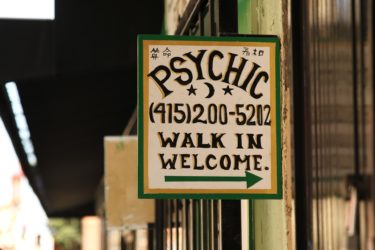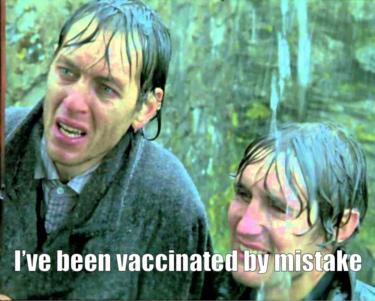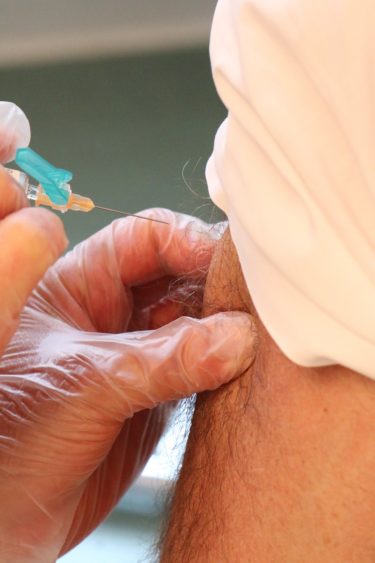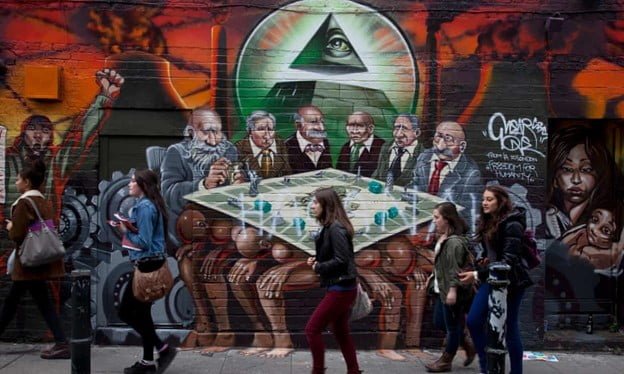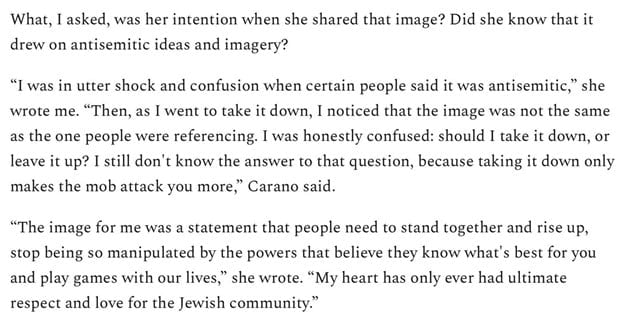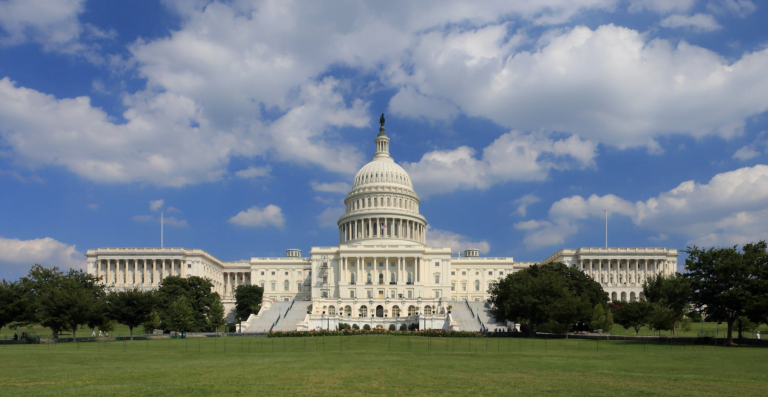In December 2020, a bill passed the initial stage in the House of Commons calling for a ban on virginity testing, a physical examination undertaken to establish whether a girl or a woman has had vaginal intercourse, with the purpose of gaining a certificate stating the results.
Virginity tests may be requested by the subject themselves, but they are almost exclusively carried out for the ‘benefit’ of others, most often family members. Virginity testing might be implemented before marriage or in cases of suspected adultery to certify that a woman is a virgin. The use of such tests was reported in recruitment of women into the armed forces, and it is also used as a tool of torture.
While the testing process can be a traumatic experience in itself, an unfavourable test outcome can be absolutely disastrous for a woman in terms of her safety and well-being. She may be disowned by her family, ostracised and shamed by her community, or even sacrificed in an honour-killing in cultures where virginity is especially prized. The test is used to determine the ‘virtue’ and ‘value’ of a woman’s life based purely on the shaky cultural concept of purity.
While this practice is less common in western cultures (although it still happens), it remains prevalent in the Middle East, across northern and southern Africa, as well as parts of Asia. As the world has become more and more interconnected, widespread human migration (whether voluntary or due to forced displacement) has resulted in constant mixing and co-habitation of cultures. The practice of virginity testing is increasingly condemned worldwide due to its basis in the oppression and control of women through intimidation and humiliation – a stark contrast to the values of human rights, gender equality and the balance of power. Rightfully, the WHO has declared virginity testing to have “no scientific or clinical basis”, and that it is “a violation of human rights”.
So, what are the scientific and cultural dimensions that interplay within the practice of virginity testing? And how can we take this opportunity to educate, and work to address the underlying causes of this dreadful practice?
The virginity myth
The concept of virginity is a purely social construct, interpreted to mean pure or untainted. Once consigned to the history books, this traditional ritual of somehow determining the state of virginity has found its way back into the modern Western medicine, seeking scientific definitions of examinations and tests. Physicians, obstetricians and gynaecologists are faced with increasing requests for these tests. Some gynaecologist practices in the UK were even discovered to offer these services for a fee.
Virginity testing usually comprises the evaluation of the hymen – the external elastic membrane at the vaginal opening – for signs of distension or rupture, that is purported to indicate the act of penetration. However, there is no evidence that penile penetration results in any detectable alterations of the hymen. In addition, high interpersonal variation, as well as congenital idiosyncrasies of the shapes and forms of the genitalia make it impossible to establish definitively whether a woman has engaged in vaginal intercourse.
So, if there is no actual scientific basis to this test, what exactly are gynaecologists certifying, and how? As these tests are not scientific, no guidelines exist for medical personnel for virginity testing. The closest set of recommendations available for consideration in the clinic, while advocating for abolishment of the practice of virginity testing in the meantime, is from a paper by Crosby et al., 2019 in British Medical Journal, and includes several important points. Firstly, invasive physical examination that is not medically necessary should never (ever, ever, ever!) take place, under any circumstances. This may result in deep distress and trauma, especially for young women. Secondly, the virginity certification should be based on the history of sexual activity as described by the patient herself. Thirdly, the certificate should not include any reference to virginity, and be only descriptive in its wording, for example saying that the patient showed expected physical developmental profile based on her age.
Do no harm
Despite a good understanding of the lack of the scientific merit of this procedure to confirm virginity, western physicians are often less familiar with its cultural significance. Given no objective set of criteria for this examination, the medical professionals must abide by the ethical and human right laws under which they are practicing to act in the interests of their patients.
But what if refusing to perform the test, or giving a certificate with an unfavourable outcome or dubious wording, may put the patient in the direct harm’s way? Physicians may be faced with difficult decisions as to whether to give legitimacy to this non-scientific procedure, which might then be used as a basis for discrimination. Given these implications, virginity testing must be appropriately regulated to ensure the human rights of women are preserved, as well as to provide them with suitable protection when necessary, without giving in to the moral and ethical pressures.
Should virginity testing be banned?
Virginity testing can be described as barbaric, monstrous, revolting, (insert your own virtue signalling qualifier here). It denies women autonomy over their bodies, reinforces gender inequality and outright devalues their humanity. But virginity testing is a symptom of the underlying root cause, which is the violation of human rights and the oppression of women.
Banning these tests is unlikely to stop their practice, which will probably be shifted to illegitimate and dangerous sources, and may bring more harm to the most vulnerable members of the society. Would banning virginity testing stop the violation of women’s rights? No. The real question here is whether stopping the violation of women’s rights would make virginity testing obsolete? And the answer is yes, it will. And this will be a part of the equal and just society we all strive for.
What then is it good for?
Acute outside interventions to change centuries-long traditions are destined to fail. Instead, until fully abolished, these virginity testing sessions should be regarded as opportunities for the education of women, as well as their partners and family, about topics in sexual health. In addition, this may be the only time a young woman has access to a safe and confidential environment, as well as access to the accurate information on birth control or women’s health issues. This may also be the only time a qualified professional is able to detect the signs of mental of physical distress or abuse, and provide help and resources. On the other hand, it must not be regarded as a medical procedure or sold as such. It should be regulated and conducted as consultation under strict guidelines and codes of ethics.
In the western world, we must treat other cultures with compassion and understanding, but without compromising our core values of equity and human rights.




